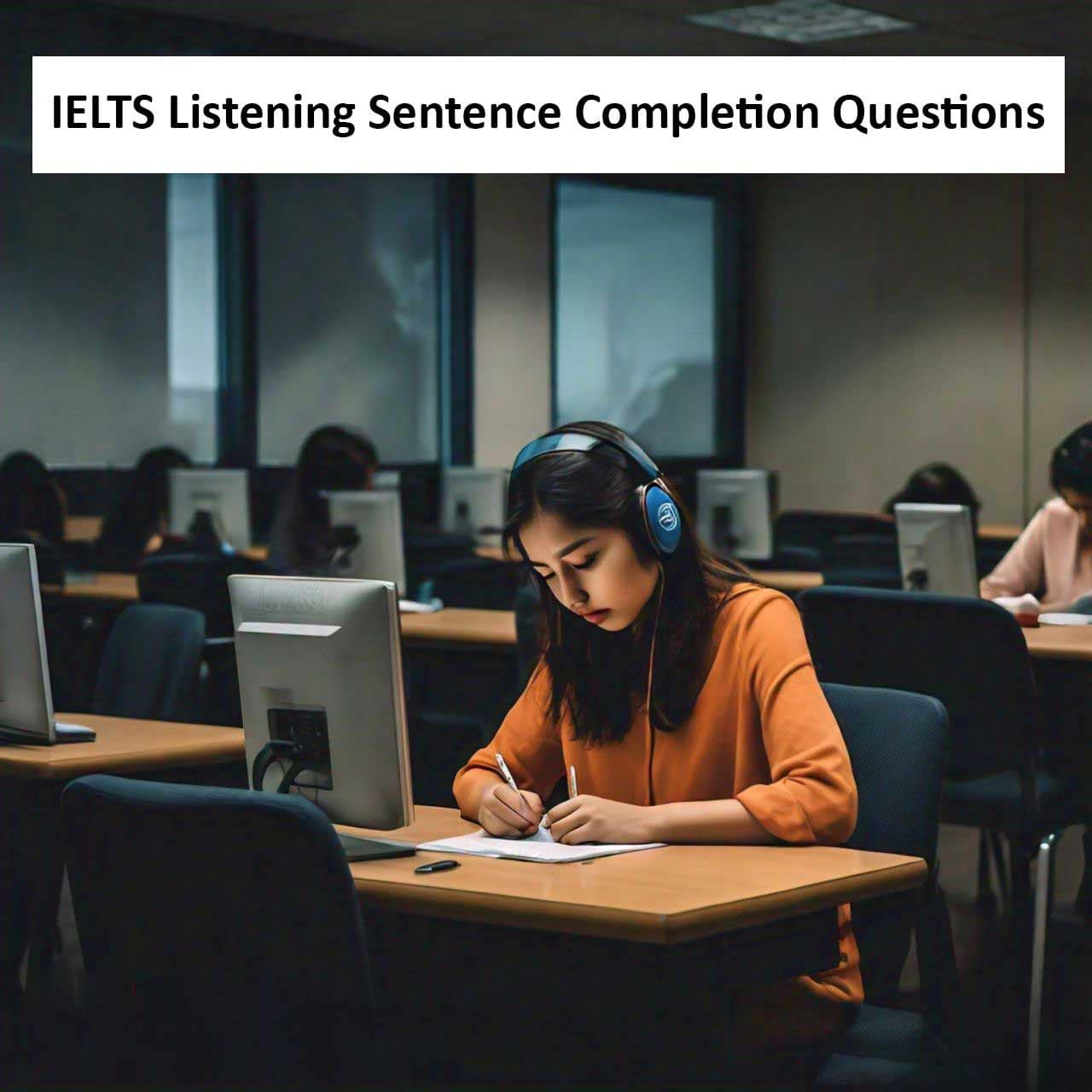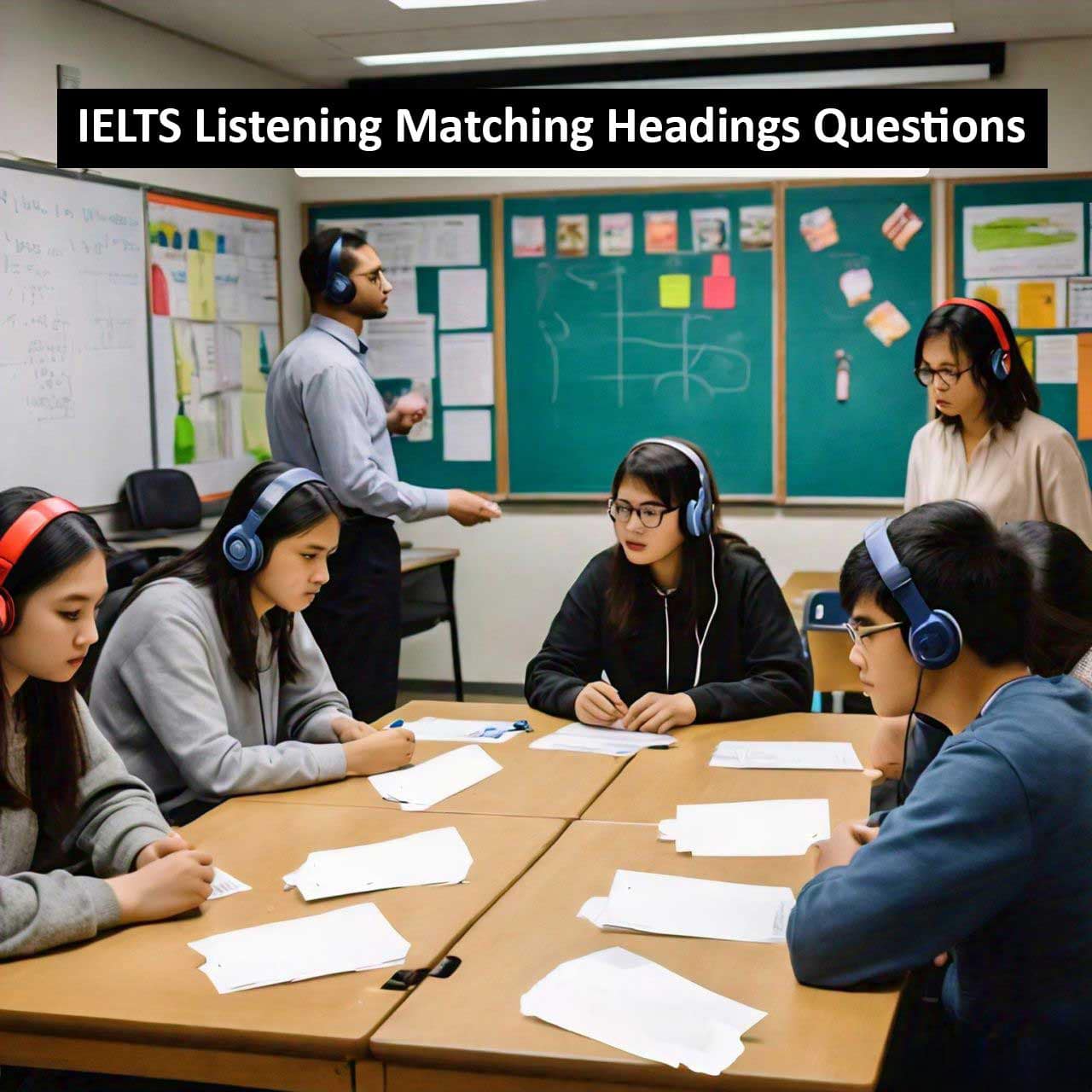The IELTS Listening Test is designed to assess a candidate’s ability to understand spoken English in various contexts. This test features a range of question types that evaluate different listening skills, including the ability to follow conversations, identify specific information, and understand speakers’ attitudes and opinions. Familiarizing yourself with the types of questions you will encounter can help you prepare effectively and boost your performance. This blog post will explore the different question types in the IELTS Listening Test and provide tips on how to approach each one.
Table of Contents
Overview of the IELTS Listening Test
The IELTS Listening Test lasts for approximately 30 minutes, with an additional 10 minutes provided at the end to transfer your answers to the answer sheet. The test is divided into four sections, each featuring a different type of listening passage, such as conversations, monologues, or lectures. There are a total of 40 questions, with a variety of question types spread across the sections.
Types of Questions
1. Multiple Choice
Multiple choice questions require you to choose the correct answer from a list of options. These questions may ask you to select one correct answer, or in some cases, more than one answer from a larger list of possible options.
Tips:
– Read all the options carefully before listening.
– Focus on keywords in the question and the options.
– Eliminate options that you are sure are incorrect.
2. Matching
Matching questions involve pairing a list of items from the listening passage with a set of options on the question paper. This type of question often appears in sections where the information is presented in a logical order.
Tips:
– Pay attention to the sequence of information.
– Use any headings or subheadings in the listening text to guide you.
– Listen for synonyms and paraphrases, as the exact words might not be repeated.
3. Plan, Map, or Diagram Labeling
In these questions, you are required to label a plan, map, or diagram with information from the listening passage. This type of question tests your ability to follow spatial descriptions.
Tips:
– Familiarize yourself with common directional language (e.g., “next to,” “opposite,” “behind”).
– Pay attention to the structure and layout of the diagram before listening.
– Note landmarks or key points that are mentioned.
4. Form, Note, Table, Flow-Chart, or Summary Completion
These completion questions require you to fill in the gaps in a form, notes, table, flow-chart, or summary based on the information you hear. The missing words are usually limited to one to three words or a number.
Tips:
– Read the instructions carefully to know how many words or numbers you can use.
– Look at the type of information needed for each gap (e.g., a date, a name, a number).
– Use the context to predict what kind of word fits in each gap.
5. Sentence Completion
Sentence completion questions involve filling in the blanks in sentences with information from the listening passage. This question type tests your ability to listen for specific information.
Tips:
– Read the incomplete sentences carefully and predict the type of information needed.
– Listen for direct information in the passage.
– Make sure your answers are grammatically correct within the context of the sentence.
6. Short-Answer Questions
Short-answer questions require you to answer questions with a word or short phrase from the listening passage. These questions often focus on factual details and specific information.
Tips:
– Read the questions carefully and highlight keywords.
– Listen for the specific details mentioned in the questions.
– Ensure your answers are concise and within the word limit.
General Tips for the IELTS Listening Test
– Practice Active Listening: Engage with various English audio sources like podcasts, news, and lectures to improve your listening skills.
– Improve Vocabulary: A broad vocabulary will help you understand different accents and contexts.
– Take Notes: Develop note-taking skills to jot down key points and details while listening.
– Use Practice Tests: Familiarize yourself with the test format and question types by using official IELTS practice materials.
– Stay Calm and Focused: Concentration is crucial. Stay calm, and don’t panic if you miss an answer; move on and come back to it if you have time.
Conclusion
The IELTS Listening Test features a diverse range of question types designed to assess various listening skills. Understanding these question types and practicing regularly can significantly improve your ability to perform well on the test. By following the tips provided and familiarizing yourself with the test format, you can approach the IELTS Listening Test with confidence and achieve a higher score.



